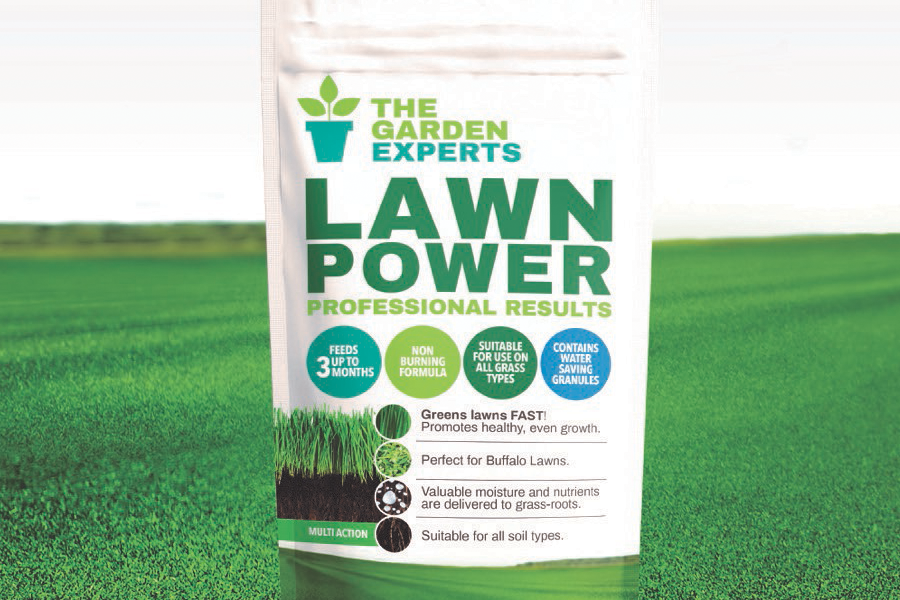by IGC Admin
Share
by IGC Admin
Share

There is no time when there is not at least one wattle in bloom, although September 1st has been declared “National Wattle Day” in Australia, and it was officially proclaimed on 1 September, 1988 as the National Floral Emblem of Australia.
Wattles belong to the genus Acacia in the family Mimosaceae which is derived from the genus Mimosa, common throughout many regions of the world. Acacia is derived from the Greek “akis”, a point, referring to the prickly leaves of some specimens.
Australia’s Acacias are by far the largest genus with more than 750 species, and interestingly they have more genus than any other plant within Australia. They occur in every habitat in which plants can grow, from coast to inland, from rainforest edges to arid desert. They range in size and shape from prostrate shrubs to tall trees.
The Species
Acacia Pycnantha (which means “The Golden Wattle with dense flower heads”) grows between 4 to 8 meters in height in the hotter, drier parts of south western New South Wales, ACT, Victoria and South Australia.
The fragrant flower balls are brilliantly golden-yellow and the thick, leathery leaves are very variable in shape. It will grow in a wide range of well drained soils but is short lived.
Acacias have an enormous range of shape and forms of leaf, flower and pod.
Some Acacias retain feathery, fern-like pinnate or bipinnate leaves for life but in most species, as the seedling develops, these leaves are replaced by flattened leaf stalks or petioles, called phyllodes which function as ordinary leaves but require less moisture. They may be bright in colour, or a dull grey, brownish green, silvery or purplish. In shape they can be entire, fern-like or needle pointed, soft or leathery. They often have a waxy or a hairy protective covering and sometimes small glands are visible.
The wonderful range of foliage offers an endless choice to create texture contrasts in the garden. The flowers range in colour from cream, pale to bright yellow, gold or orange. The flower head is made of many small flowers with numerous stamens which create their fluffy appearance and they grow in balls or in spikes which can be arranged as panicles or racemes.
The seed case of acacias is a pod, often assuming a twisted shape. When crisp and dry they snap open, scattering shiny, black seeds, then remain on the plant as a fascinating garden feature.
Propagating Acacias
Acacia seed has a very tough coat which must be treated before sowing. For the seed to germinate water must be able to enter the seed. There are two reliable methods of treating hard coated seeds of the Acacia. This method also applies to the many pea-flowered plants, like the Dillwynia. Place the seed in a heat proof container, and pour boiling water over it and allow the seed to soak overnight. You will notice that some or all of the seed has swollen. Alternatively, gently rub the seed between two sheets of fine sandpaper to reduce the thickness of the seed. This method will make it easier for water to enter the seed.
Acacias develop long tap roots very quickly and should be transplanted from the seed bed very early to avoid damage to the roots. In most places autumn is the best time to sow Acacias to avoid transplanting in humid weather to prevent fungal attack.
Caring For Wattles
Fertilizers must be used carefully. Some acacias are very sensitive to high levels of phosphorous in the soil, so only use a native specific fertilizer like Yates Acticote Natives. Acacias respond well to light pruning immediately after flowering to maintain a reasonable shape and to extend life although some wattles are short lived but their span is very variable.
The main pests are borers but galls can be a problem on the smaller branches and on the pods.
Selecting Acacias
The vast range of Wattles means that if they are used for general landscaping, for a quick-growing screen, or simply to attract birds with the seeds or bees with the flowers, there is always a wattle for the situation.
Consult your local IGC Garden Centre for advice on the most suitable Acacia for your climate, and location.
Our very own slow release fertiliser that provides all the essential nutrients for most plants.
Stunning tropical –look summer showstoppers providing an irresistible show of colour to brighten up your home.
Gardenia are very popular and a much-loved shrub, which originated from China, but it's important to know how best to care for them.





